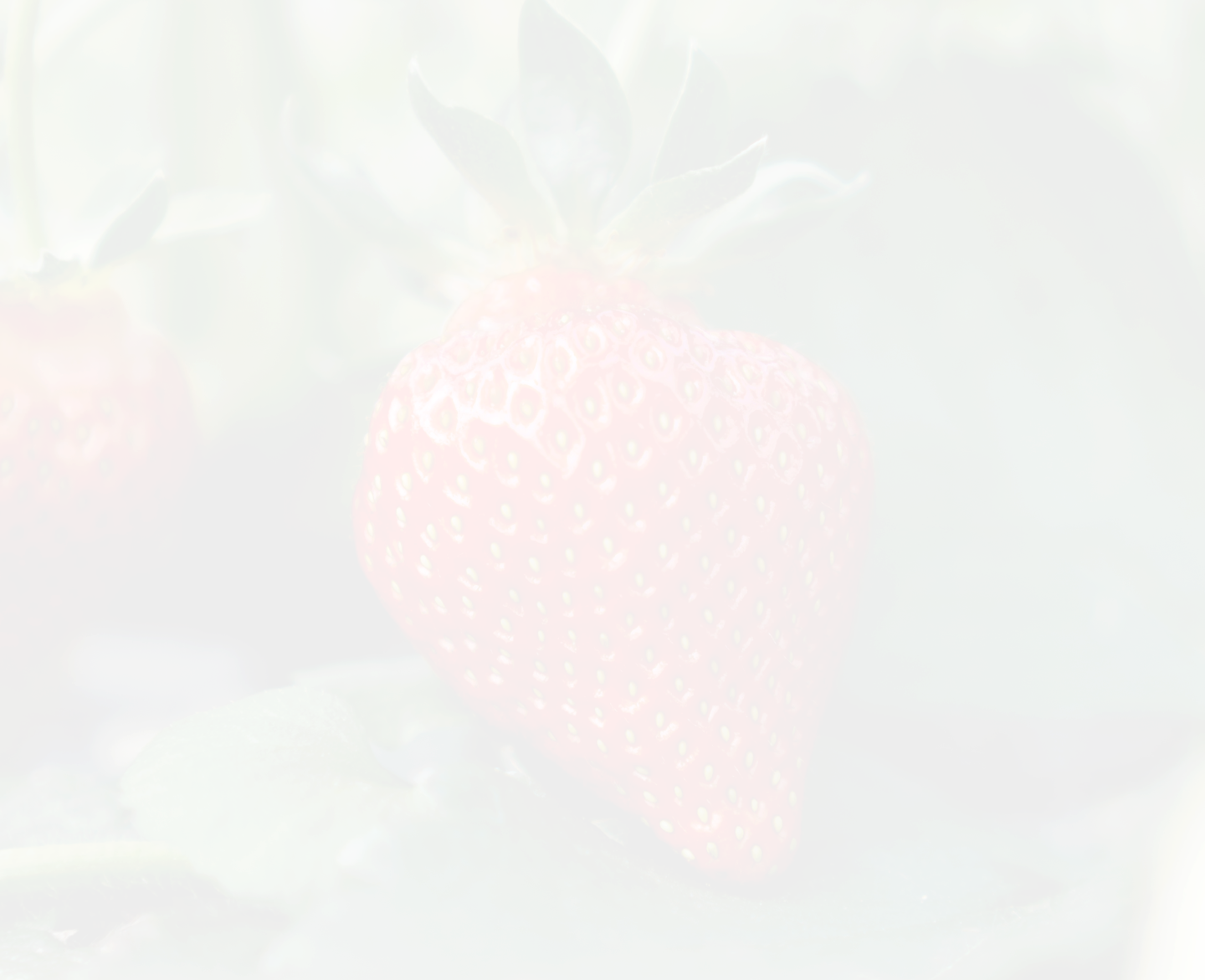In the Garden
Spring is a season of incredible activity and growth, with new life sprouting everywhere. It’s tempting to start planting everything as soon as the weather warms up, but it’s important to be mindful of the last frost date. Plants like tomatoes, peppers, and squash are vulnerable to frost, so it’s best to wait until after the risk has passed to plant them. Spring is also known for its rainy weather, so if you need to work or dig in the soil, make sure it’s dry to avoid clumping and poor drainage. Keep an eye out for pests that emerge with the warming soil and remove them promptly to protect your plants and ensure a successful garden.
— SELECT —
- March
- April
- May
Direct Seeds:
- Carrots
- Swiss Chard
- Collards
- Kale
- Kohlrabi
- Leaf Lettuce
- Parsley
- Beets
- Radishes
- Green Onions
Transplant:
After hardening off, plant into your garden your frost hardy, cool season crops that you seeded in February. Plant the smaller, less developed seedlings to avoid bolting.
Flowers:
Plant Gladiolus and Dahlia bulbs
Direct Seed
In late April after threat of frost has passed:
- Beans
- Cucumbers
- Squash
- Cantaloupe
- Watermelon
- Okra
- Sweet Corn
Transplant
After threat of frost has passed:
- Tomatoes
- Peppers
- Basil
- Eggplant
And plant Sweet Potato Slips in late April
Flowers
Direct Seed
- Calendula
- Clarkia
- Larkspur
- California Poppy
- Sweet Pea
- Sunflowers
- Tithonia
Plant Lily bulbs
Pests
Pests will start to emerge once the soil begins to warm. Now is the time to be vigilant and actively looking for eggs, larvae and adult pests
Vegetables
For a continual harvest throughout the summer, plant second and third plantings of Snap beans, Corn, Squash
Around the garden in Spring
While the garden is certainly an important part of enjoying the spring season, there are many other ways to take advantage of the warmer weather and longer days. In this section, we’ll explore some of the best activities and projects to enjoy outside of the garden during the spring months. From yard clean-up and landscaping projects to creating comfortable outdoor living spaces, there are many ways to enhance your outdoor environment and make the most of the season. Whether you’re a seasoned gardener or simply someone who enjoys spending time outside, this section will provide plenty of inspiration and ideas for enjoying the beauty and abundance of spring.In late winter, early spring begin preparing for the growing season by getting hoses and gardening supplies ready for use. Ensure your hoses are flowing properly and do not have holes in them. Also check for pests as they make great over wintering homes for all kinds of critters.
If you didn’t clean, oil, and tune up your lawn equipment before putting them away for winter, early spring is the time to get that done before everything really starts growing.
Early spring is also the time to plant blackberries, raspberries, and blueberries (especially if they are container grown).
Any shrubs or trees planted in the spring will need to watched carefully, watered deeply, and mulched heavily. It is important to not these plantings dry out.
spring cleaning
Now is the time to let the sunshine in and declutter indoor and outdoor living spaces.
outdoor maintinance
As the weather improves it’s a great time to assess and perform maintenance tasks around the exterior of the house. This may include cleaning gutters, inspecting the roof, repairing any damage from winter storms, and prepping outdoor equipment for use
patio or deck preperation
Prepare outdoor living spaces for the upcoming season by cleaning and arranging patio or deck furniture, washing cushions and covers, and sprucing up the area witha few potted plants.
SEASONAL LIVING IN SPRING
Living seasonally is about embracing the natural rhythms and changes of each season, and finding ways to connect with the world around us in meaningful and rewarding ways. In this section, we’ll explore some of the best ways to live seasonally during the spring months. From exploring the outdoors and enjoying seasonal activities to cooking with fresh, locally sourced ingredients, there are many ways to make the most of the spring season and celebrate its unique characteristics. Whether you’re looking for new ideas and inspiration or simply seeking to deepen your connection with the natural world, this section will provide plenty of helpful tips and suggestions for living seasonally during the spring.
Hiking
Hiking is a great way to enjoy the warmer weather and longer days that come with spring. With new life popping up everywhere, there’s plenty to see and explore in the great outdoors. Whether you’re a seasoned hiker or new to the activity, there are plenty of hiking trails to suit your experience level and interests. From scenic vistas to hidden waterfalls, the possibilities are endless. So grab your hiking boots, a water bottle, and hit the trails this spring!
Starting a garden
Starting a new garden, whether it is a medicinal, herbal, flower, or vegetable garden, is a great way to live seasonally in spring. Gardening is a wonderful activity that allows you to connect with the natural world and enjoy the beauty and abundance of the season. Whether you’re an experienced gardener or new to the activity, there are plenty of ways to get started and create a garden that fits your interests and needs. A new garden can also be an opportunity to grow plants that you’ve never tried before, and to experiment with different gardening techniques and strategies. With so many benefits to starting a new garden, there’s no reason not to give it a try this spring.
farmers market
Farmers markets are a wonderful resource for those looking to live seasonally. Not only are they a great way to support local farmers and producers, but they also offer a wide variety of fresh, seasonal produce that can help you eat in harmony with the natural rhythms of the season. By shopping at farmers markets, you can enjoy the benefits of produce that is often more flavorful, nutritious, and sustainable than what you might find at a traditional grocery store. In addition, farmers markets can be a fun and social way to connect with your community and learn more about the food that you eat.
Foraging
Foraging in the spring is a great way to live seasonally and connect with the natural world. As the weather warms up, many plants begin to emerge, offering a wealth of fresh, nutritious, and flavorful food. Foraging can help you eat in harmony with the natural rhythms of the season, and can be a fun and rewarding way to explore the great outdoors. Whether you’re a seasoned forager or new to the activity, there are plenty of resources available to help you identify and harvest wild plants safely and responsibly. So why not grab a basket and head out into the woods this spring to see what tasty treasures you can find?
Spring in the Kitchen
Eating seasonally in spring is not only a delightful culinary experience but also a way to connect with the bountiful produce available during this time. By embracing seasonal eating, you can enjoy the freshest, most flavorful ingredients while supporting local farmers and reducing your environmental footprint. In the southeastern US, here are a few ways to tailor cooking and eating practices to reflect a desire to eat seasonally:
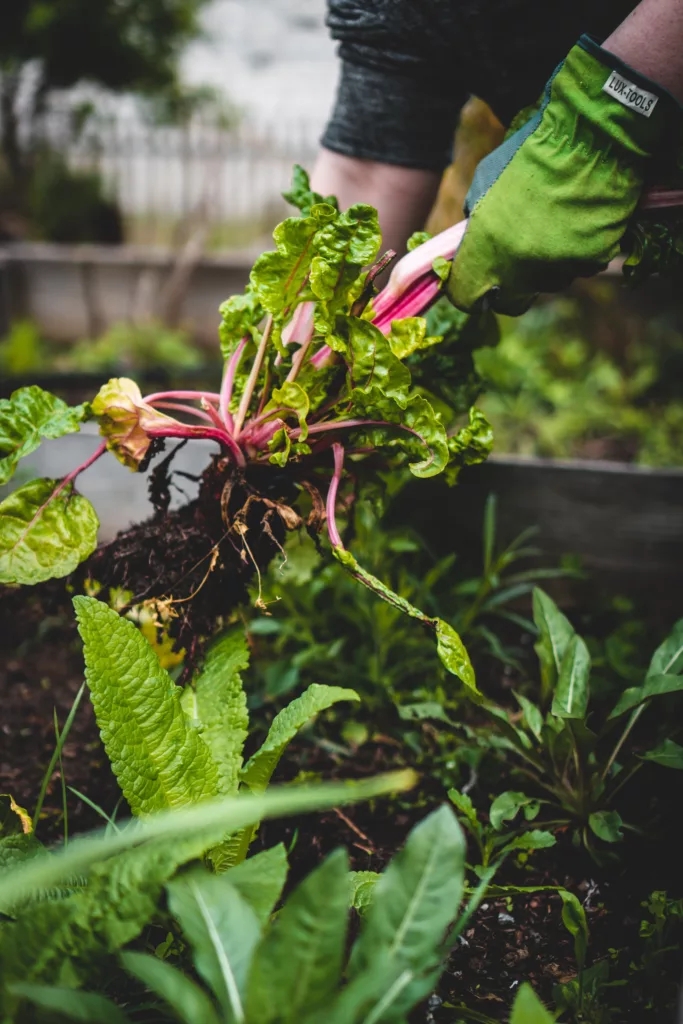
EMBRACE SPRING VEGETABLES
Incorporate an abundance of spring vegetables into your meals, such as asparagus, peas, artichokes, spinach, and tender greens. These vibrant vegetables can be enjoyed in salads, stir-fries, risottos, or as delightful sides to showcase their natural flavors.
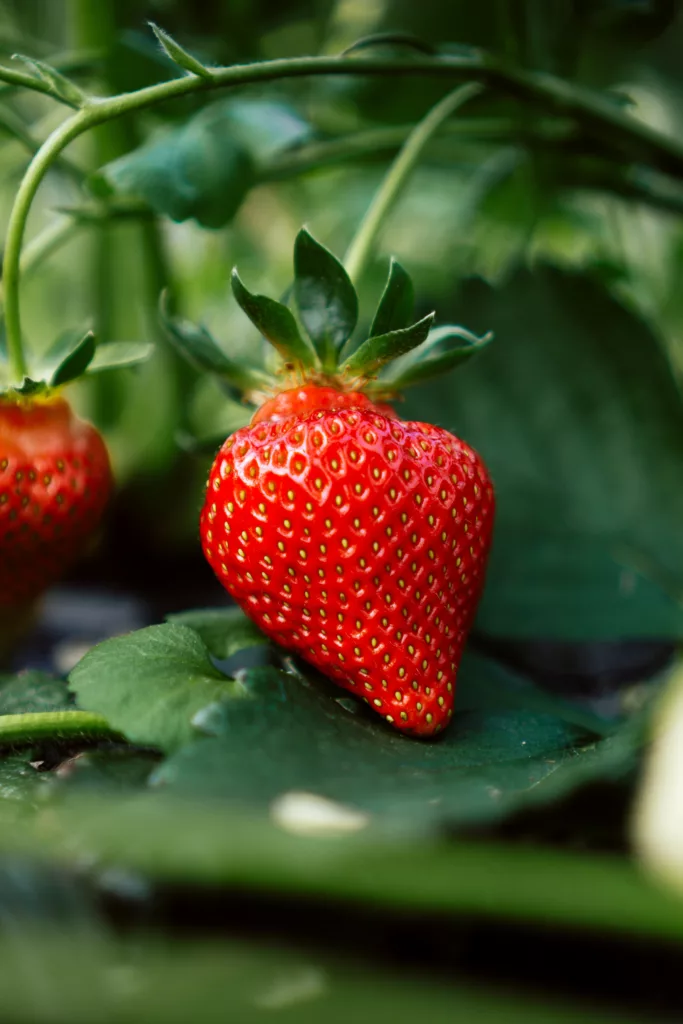
STRAWBERRY FIELDS FOREVER
Take advantage of the arrival of fresh strawberries in the spring. Use them in everything from salads, smoothies, or as a topping for yogurt and desserts. Eat them plain or with some home made whipped cream! And, best of all – Find a U-Pick in your area and load up. Then preserve the harvest and enjoy your local strawberries year-round
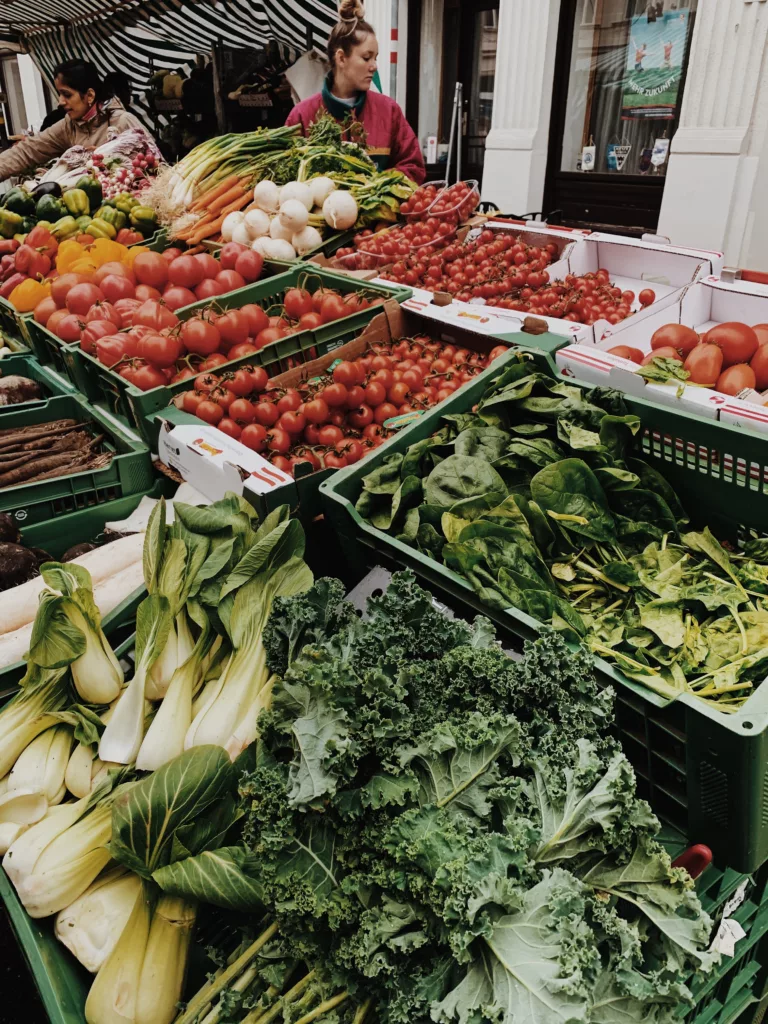
EXPLORE LOCAL FARMERS’ MARKETS
Visit local farmers’ markets to discover and support regional growers who provide a variety of seasonal produce. Connect with the farmers, ask for recommendations, and be open to trying new ingredients that reflect the local flavors of the southeast.
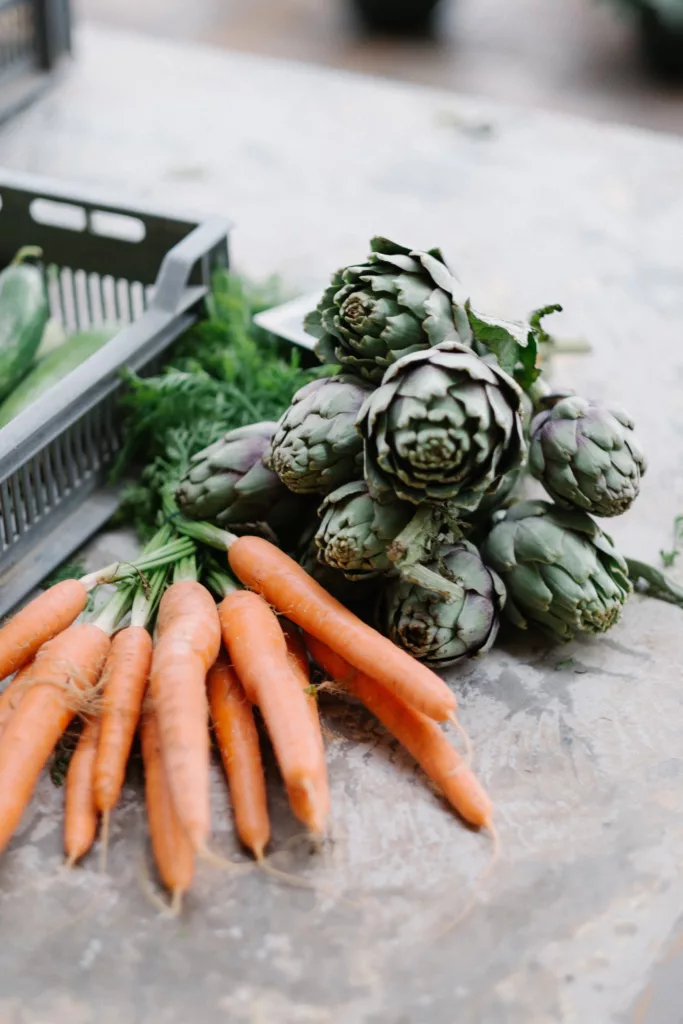
PRESERVE THE HARVEST
Make the most of the seasonal abundance by preserving or canning excess fruits and vegetables. Create homemade jams, pickles, freeze or dry freeze produce to enjoy their flavors and nutrition throughout the year.
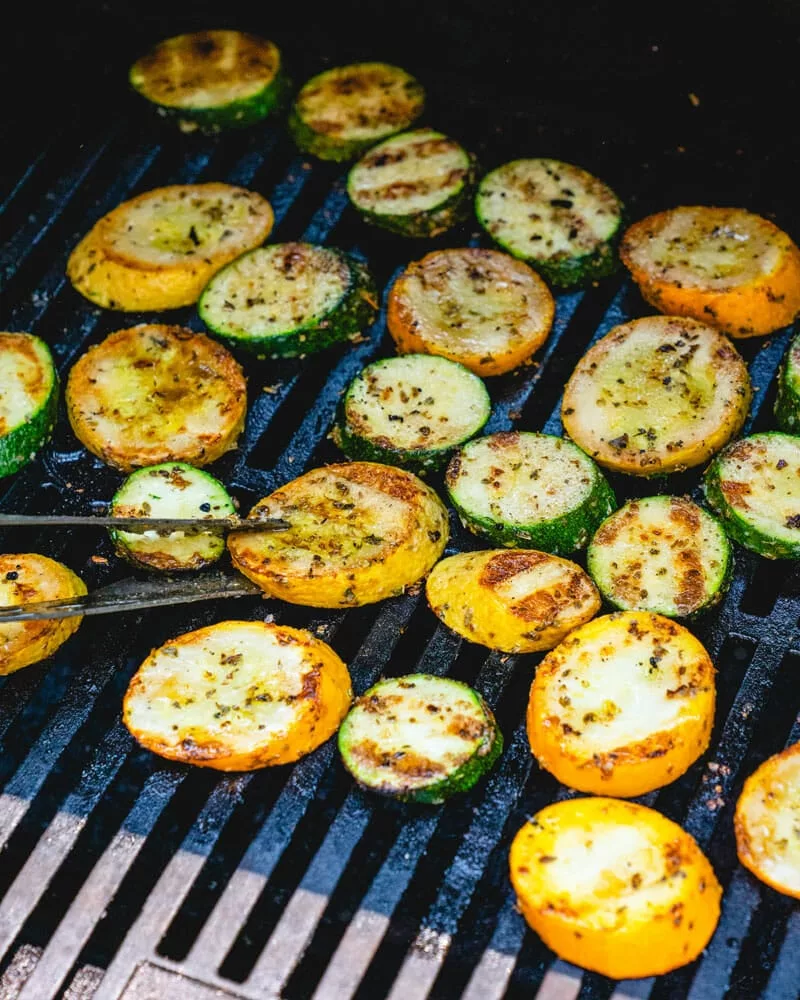
EXPERIMENT WITH LIGHTER COOKING TECHNIQUES
With the warmer weather, consider incorporating lighter cooking techniques like grilling, steaming, or roasting to highlight the natural flavors of seasonal ingredients. Explore fresh herb combinations and simple dressings to enhance the taste of your dishes.
By tailoring cooking and eating practices to reflect the desire to eat seasonally, you can enjoy the flavors of the season, support local agriculture, and foster a deeper connection with the natural rhythms of your region.
What’s In Season
( Spring )
Spring is a wonderful time of year for fresh, seasonal produce. As the weather begins to warm up, many fruits and vegetables become available that are not as abundant during other times of the year. One of the most popular spring fruits is strawberries, while popular spring vegetables include asparagus, fresh salad greens and lettuces, and peas. What makes this season unique is the variety of produce that becomes available, as well as the fact that many of these fruits and vegetables are at their peak freshness and flavor during the spring months.
CALENDAR OF FIRSTS
A calendar of firsts serves as a meaningful tool to celebrate and connect with the ever-changing rhythms of nature throughout the year. Its purpose is to document and acknowledge the first occurrences of various events and natural phenomena that mark the transition of seasons. By recording the first blooming flowers, migrating birds, or changing foliage, individuals deepen their awareness of the subtle shifts that unfold in the natural world. This heightened observation cultivates a sense of awe and appreciation for the beauty and diversity of our environment. Moreover, a calendar of firsts invites us to engage in a deeper relationship with the natural world, fostering a sense of connection, mindfulness, and gratitude. It allows us to truly immerse ourselves in the present moment and develop a greater understanding of the intricate cycles that shape our lives and the world around us.
These are general examples for zone 7 in the southeast US. Specific occurances will depend on your regional climate and conditions. Keeping a personal calendar or journal will allow you to capture the unique experiences and observations of each month in your region.
-
First sighting of migratory birds returning from winter migration
Emergence of daffodils
First blossoms on cherry and peach trees
First signs of new growth on deciduous trees
Arrival frogs or toads in ponds or wetlands
First warm and sunny day for an outdoor picnic
First outdoor planting of cool-season crops in the garden
First bluebird sighting
First morel find
-
First appearance of tulips, dogwoods, redbuds
Return of hummingbirds from winter habitats
Emergence of butterflies and bees as they become more active
First frog or toad choruses in wetlands or bodies of wate
First farmer’s market visit
First clear night for star gazing
First Virginia Bluebell sighting
-
First harvest of strawberries
Arrival of songbirds and nesting activities
Blooming of azaleas and rhododendrons
First firefly sighting in the evening
First catepillar sighting
First 80 degree day
First day warm enough for a swim
First calls of the Barred Owl
First blooming of vibrant flowers like the Black-eyed Susan or Purple Coneflowers
The Night Sky
Looking up at the night sky can be a breathtaking experience, and each season offers its own unique celestial events and wonders. From meteor showers and comets to planetary alignments and constellations, the night sky can be a source of wonder and inspiration. In this section, we’ll explore some of the most notable celestial events that you can observe during each season of the year. Whether you’re a seasoned astronomer or simply someone who enjoys stargazing, this section will help you connect with the natural rhythms of the universe and appreciate the beauty and mystery of the night sky.
Spring Equinox is in March and marks the beginning of spring.
To signify the transition of seasons and the return of earthworms in the winter thaw, the full moon in March is known as the Worm Moon.
In modern times, the common name for April’s full moon is the Pink Moon, while an old Anglo-Saxon term for it was Paschal Moon, referring to the death, burial, and resurrection of Jesus Christ.
The Flower Moon, May’s full moon, gets its name from the massive bloom that follows April’s rainfall. Another name for it is the Corn Planting Moon, which is less romantic but more practical. Farmers appreciate full moons because they can work under the light it provides, particularly if the sky is clear.
May presents a great opportunity to observe the stunning band of the Milky Way stretching across the sky, thanks to darker nights and clearer skies
In early May, the Eta Aquarid meteor shower will originate from Halley’s Comet before dawn in the eastern sky.
Important Dates To remember during spring
Discover the crucial dates that shape your gardening and seasonal living journey.
Spring Equinox – March
As the sun crosses the celestial equator during the spring equinox, day and night are nearly equal in length, marking the onset of spring. It holds significant meaning for seasonality as it signifies the arrival of spring, a time of rebirth and renewal in the natural world. It’s a reminder for us to embrace the changing seasons, welcome growth and rejuvenation, and embrace the vibrant energy that accompanies springtime.
Last Average Frost Date
The last frost date is an important marker for gardeners, indicating the estimated final occurrence of freezing temperatures in a specific region. It holds great significance for seasonality as it signifies the transition from winter to spring, allowing gardeners to determine when it is safe to plant frost-sensitive crops and flowers. By paying attention to the last frost date, gardeners can optimize their planting schedules and ensure the success of their garden while aligning with the natural rhythms of the changing seasons.

